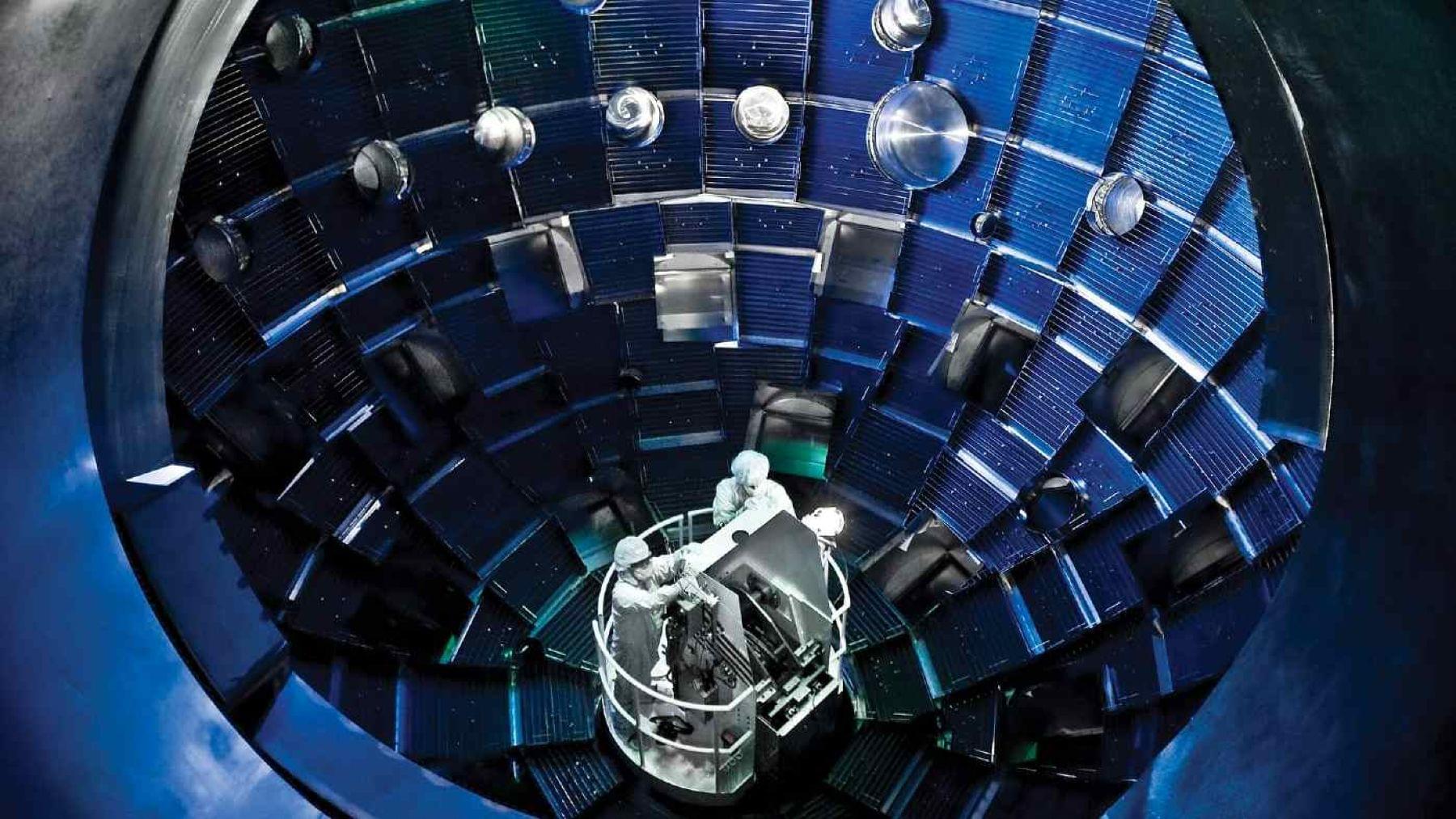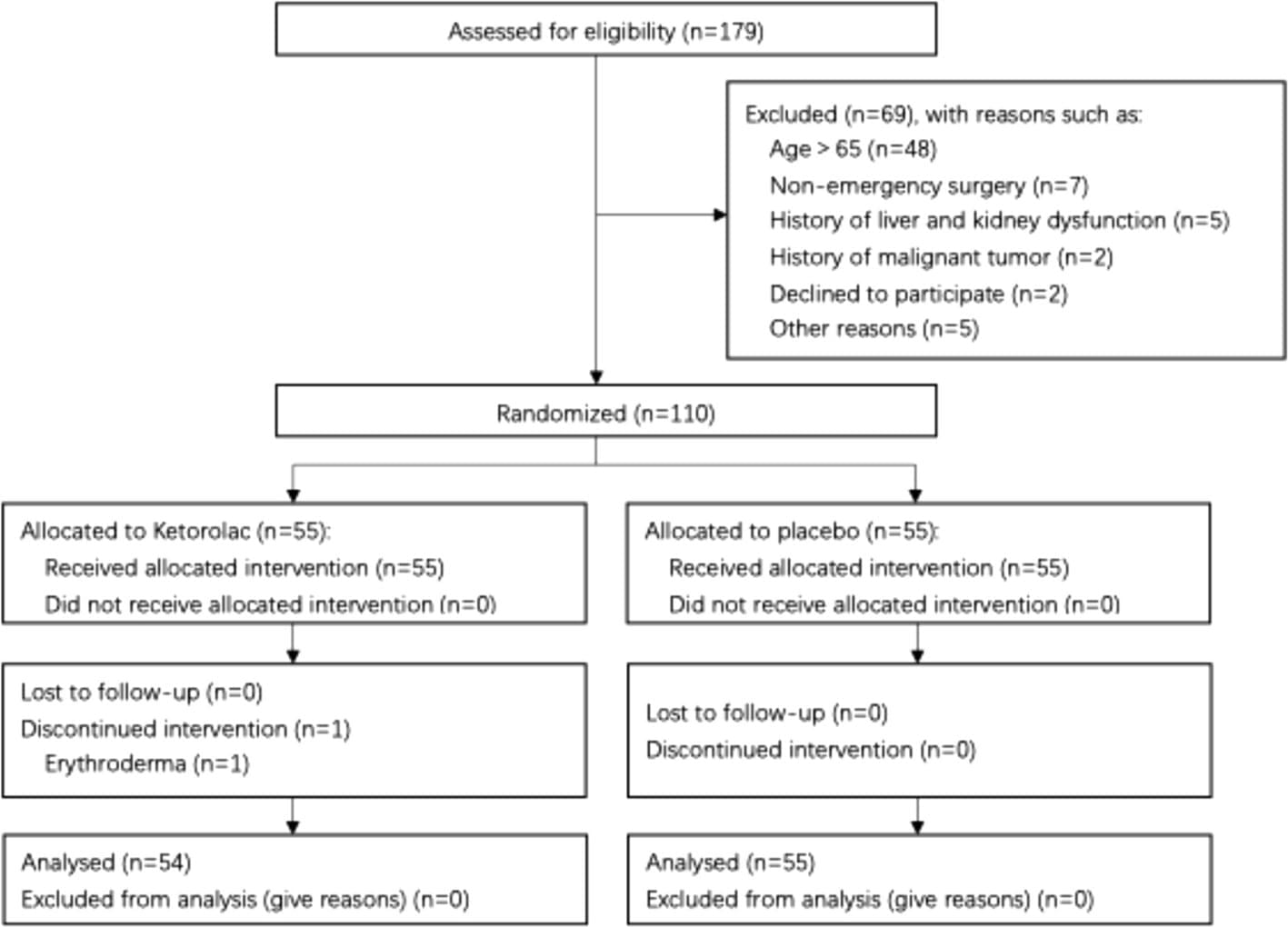Laser-powered nuclear fusion is now a reality! Achieved in just 20 quadrillionths of a second, this breakthrough could revolutionize clean energy production.




ChREBP is a transcription factor that plays a crucial role in regulating glucose metabolism. It exists in two main isoforms: ChREBPα and ChREBPβ. This is the first study to identify and develop small molecules—termed “molecular glues”—that enhance the interaction between ChREBPα and 14−3−3 proteins in pancreatic beta cells.
The molecular glues in this case increase the binding between 14−3−3 proteins and ChREBPα, which is anchored in the cytoplasm of the beta cell by the 14−3−3 proteins. Under conditions of glucolipotoxicity, ChREBPα goes into the nucleus and starts making too much of ChREBPβ, which acts to disable and even kill the patient’s beta cells. By using a molecular glue designed to increase the binding of ChREBPα to 14−3−3 proteins, ChREBPα never leaves the cytoplasm, cannot enter the nucleus, and therefore does not make ChREBPβ
When tested in primary human beta cells, these molecular glues significantly reduced the toxic effects of glucolipotoxicity, thus preserving beta cell function and identity. This discovery represents a major shift in diabetes research, as transcription factors like ChREBP have long been considered “undruggable” targets. The study also highlights the broader potential of molecular glues for modulating similar interactions in other diseases.
The researchers have discovered a novel approach to protecting insulin-producing beta cells from the damaging effects of glucolipotoxicity—a harmful condition linked to the progression of type 2 diabetes (T2D). These findings, published in Nature Communications, could lead to promising treatments targeting beta cell dysfunction.
For patients, this research could lead to new treatments that protect the insulin-producing cells in the pancreas, potentially slowing or even preventing the progression of diabetes, thus reducing the need for insulin therapy and improving long-term blood sugar control. Unlike current therapies that primarily manage blood sugar levels, this approach would allow doctors to directly target beta cell loss, which could improve long-term disease outcomes for their patients.
“This is an exciting step forward in our understanding of beta cell protection and the prevention of diabetes deterioration,” said the lead author. “For the first time, we’ve shown that it’s possible to use small molecules to fine-tune carbohydrate response element binding protein (ChREBP) activity in a way that could have major therapeutic implications.”



Acute Type A Aortic Dissection (aTAAD) is a severe and life-threatening condition. While animal studies have suggested that ketorolac could slow the progression of aortic aneurysms and dissections, clinical data on its efficacy in aTAAD patients remain limited. This study seeks to evaluate the safety and effectiveness of ketorolac in this patient group.
Patients were randomly assigned to receive either ketorolac or a placebo (0.9% saline). Treatment began at least 2 h prior to surgery (60 mg ketorolac or 2 ml saline administered once intramuscularly) and continued for 48 h post-surgery (30 mg ketorolac or 1 ml saline administered intramuscularly twice daily). The primary endpoints included assessing the safety and efficacy of ketorolac in improving the prognosis of aTAAD, focusing on mortality and organ malperfusion syndrome. Secondary endpoints included drug-related adverse events, blood test results, and other postoperative outcomes.
Of 179 patients who underwent aTAAD repair, 110 met the inclusion criteria and were randomized into two groups of 55. One patient discontinued the intervention due to erythroderma on the first postoperative day, leaving 54 patients in the ketorolac group and 55 in the placebo group for analysis. No significant differences were found in the primary endpoints. However, the ketorolac group showed lower intraoperative bleeding (median: 1.8 L vs. 2.0 L, P = 0.03), shorter intensive care unit (ICU) stays (median: 6.5 days vs. 8 days, P = 0.04), and lower total hospital costs (median: ¥170,430 vs. ¥187,730, P = 0.03).



Allogeneic cell therapeutics are currently being developed to overcome manufacturing bottlenecks of autologous products but face allorejection as their biggest obstacle. This review analyzes the immunogenicity of allogeneic cell therapeutics, outlines engineering strategies for immune evasion, and summarizes recent milestone achievements.

Researchers categorized participants by whether or not they had experienced SCD, and by their antidepressant medication use — between 1 and 5 years, or 6 years and longer.
At the study’s conclusion, researchers found that participants who used antidepressants for a period of 1 to 5 years had a 56% increased risk of SCD.
Participants who used antidepressants for 6 or more years had a 2.2 times higher risk for SCD.